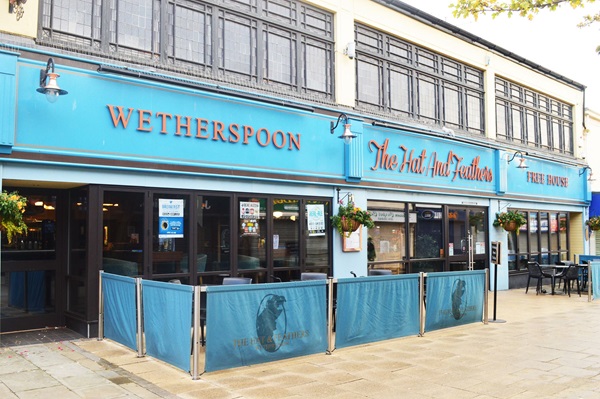Pub history
The Hat and Feathers
This two-storey building was built in c1960 on the site of smaller Victorian properties. Church Street took shape from the 1840s and was completed by 1865. It remained largely residential until the late 19th century. During 1923–81, Doggarts’ department store would sell furniture, clothes and fine hats with feathers. The Hat and Feathers is mentioned in a poem about Seaham’s old pubs and is thought to have stood on the outskirts of the town.
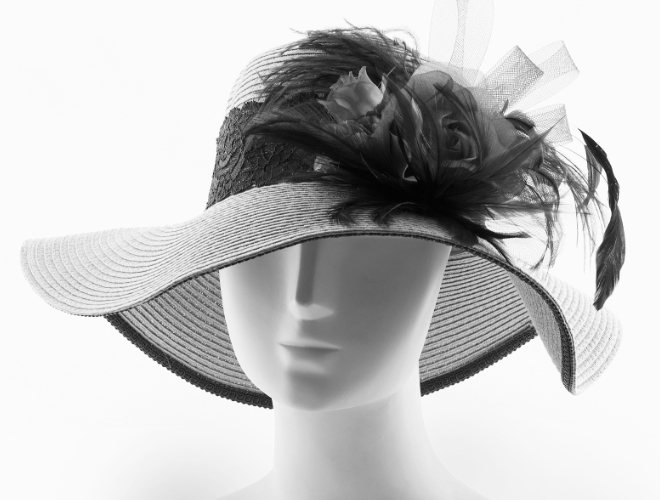
This two-storey building was built in c1960 on the site of smaller Victorian properties. Church Street took shape from the 1840s and was completed by 1865. It remained largely residential until the late 19th century. During 1923–81, Doggarts’ department store would sell furniture, clothes and fine hats with feathers. The Hat and Feathers is mentioned in a poem about Seaham’s old pubs and is thought to have stood on the outskirts of the town.
Text about 57 Church Street
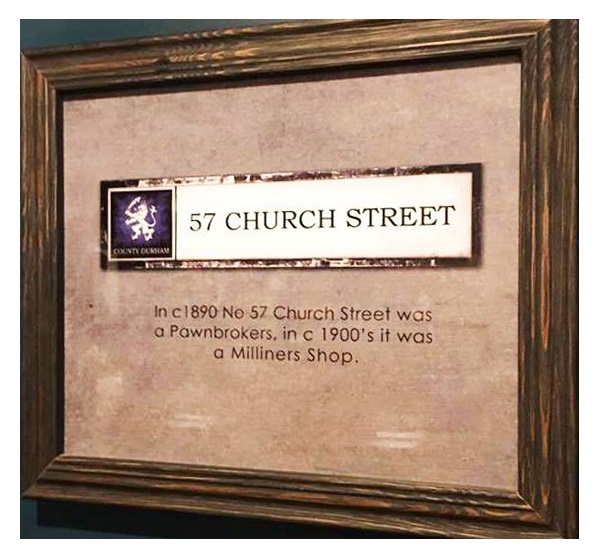
The text reads: In c1890, No. 57 Church Street was a pawnbroker; in c1900s, it was a Milliners Shop.
Text about 58 Church Street
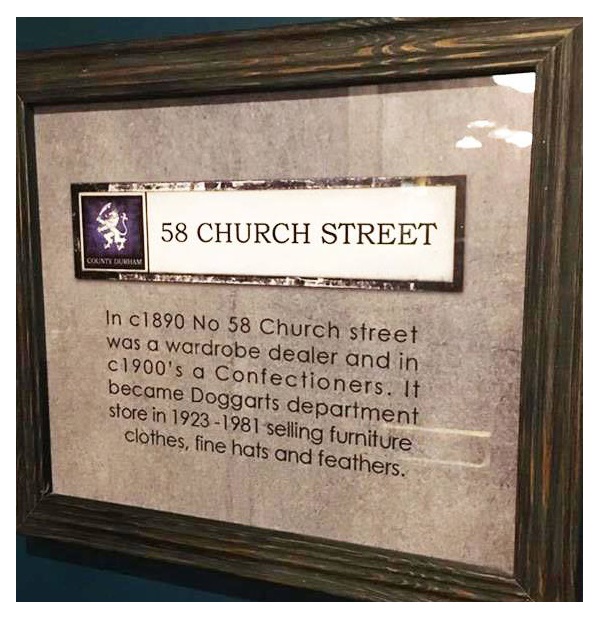
The text reads: In c1890, No. 58 Church Street was a wardrobe dealer and in c1900s a confectioner’s. It became Doggarts department store in 1923–81 selling furniture, clothes, fine hats and feathers.
Illustrations and text about 58 Church Street
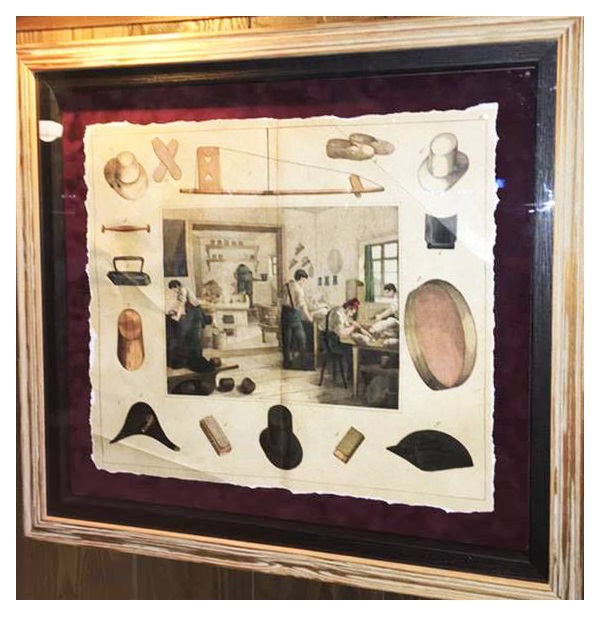
In 1890, 58 Church Street was a wardrobe dealer. This gave our artist the inspiration to create a montage of furniture and wooden carvings on vinyl and apply them to old wardrobe doors.
Text about 59 Church Street
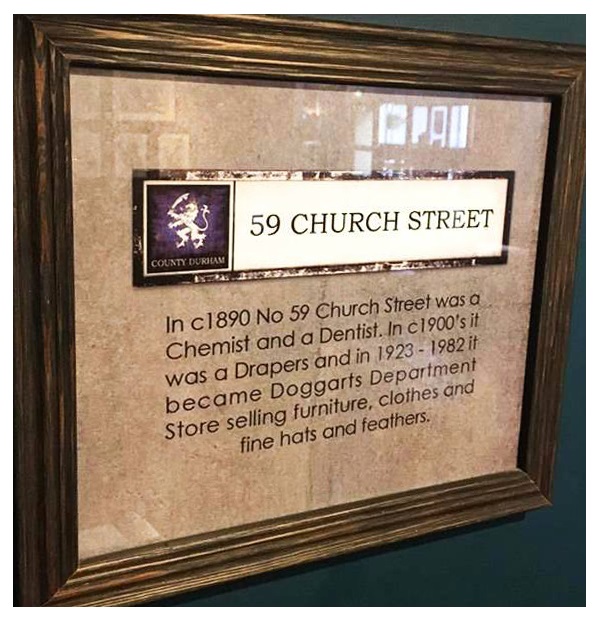
The text reads: In c1980, No. 59 Church Street was a chemist’s and a dentist’s. In c1900s it was a draper’s, and in 1923–82 it became Doggarts Department Store selling furniture, clothes and fine hats and feathers.
A print and text about George Gordon Byron
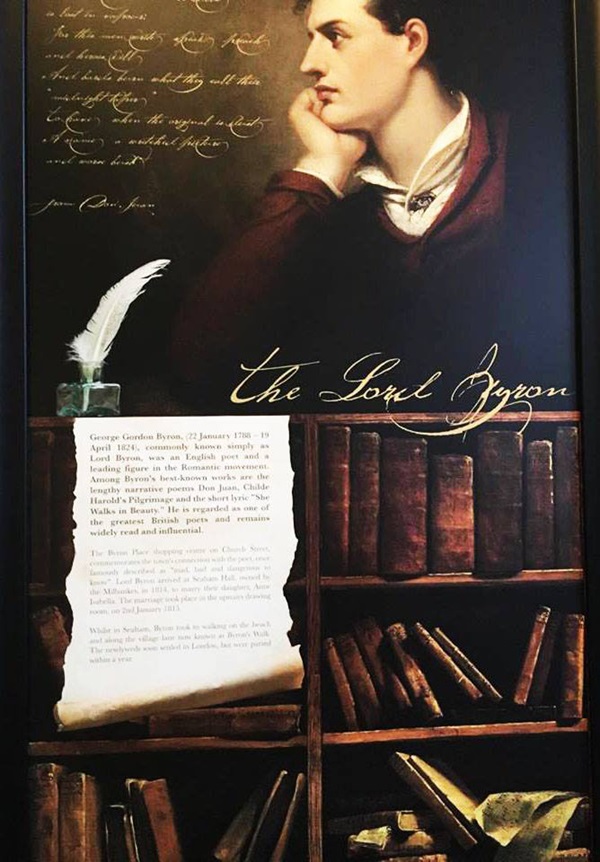
The text reads: George Gordon Byron, (22 January 1788 – 19 April 1824), commonly known simply as Lord Byron, was an English poet and a leading figure in the Romantic movement. Among Byron’s best-known works are the lengthy narrative poems ‘Don Juan’, ‘Childe Harold’s Pilgrimage’ and the short lyric ‘She Walks in Beauty’. He is regarded as one of the greatest British poets and remains widely read and influential.
The Byron Place shopping centre on Church Street commemorates the town’s connection with the poet, once famously described as ‘mad, bad and dangerous to know’. Lord Byron arrived at Seaham Hall, owned by the Milbankes, in 1814, to marry their daughter, Anne Isabella. The marriage took place in the upstairs drawing room on 2 January 1815.
Whilst in Seaham, Byron took to walking on the beach and along the village lane now known as Byron’s Walk. The newlyweds soon settled in London but were parted within a year.
A photograph of the harbour, Seaham, c1955
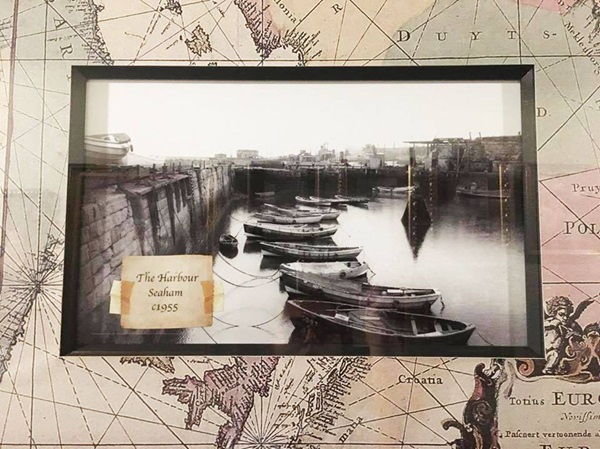
A photograph of the harbour, c1955
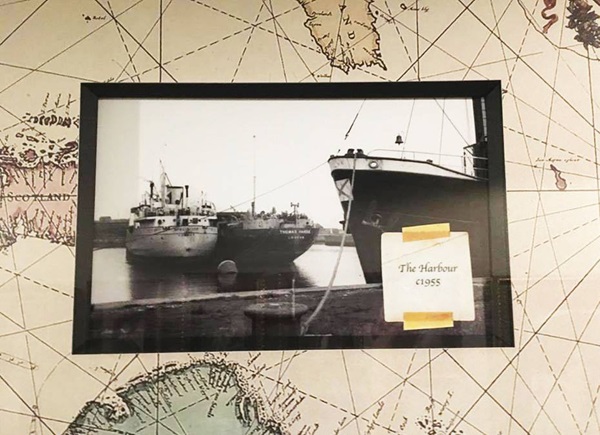
External photograph of the building – main entrance
